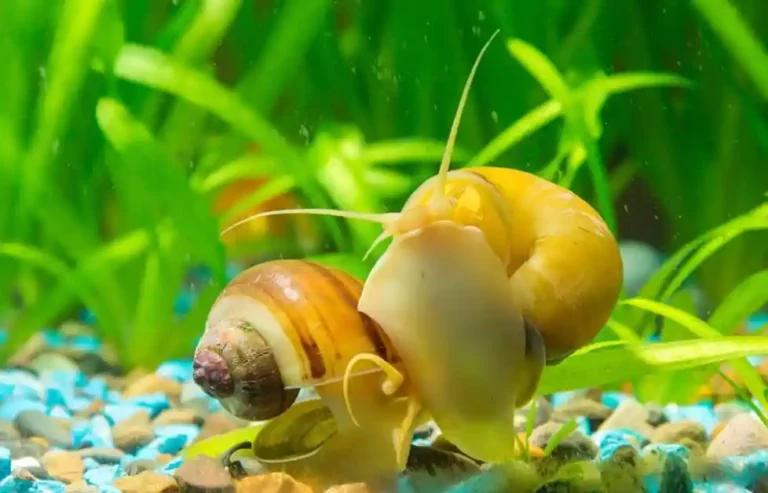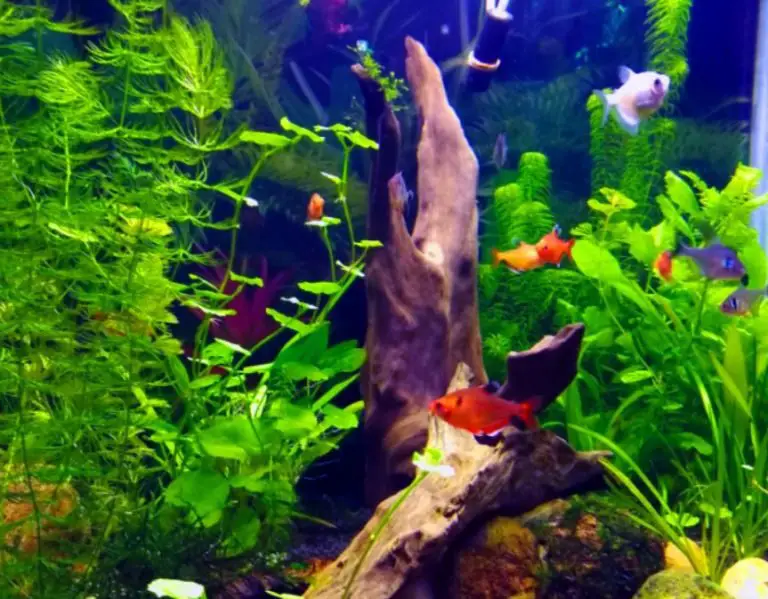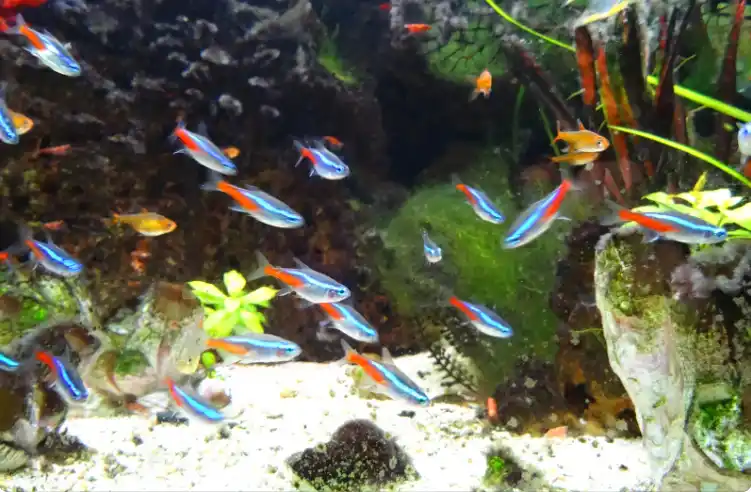How Often to Feed Tetras? [7 Fish foods for tetras]
Tetras rank among the most popular fish in the aquarium hobby due to their strikingly colorful and patterned bodies. Additionally, they are highly adaptable and robust, making them a perfect choice for novice fish keepers.
However, poor nutrition is a potential challenge that may compromise your tetras’ health and well-being. To ensure your tetras remain healthy and content, providing them with a well-rounded diet that includes vegetables and their regular fish food is advisable. So how often to feed tetras?
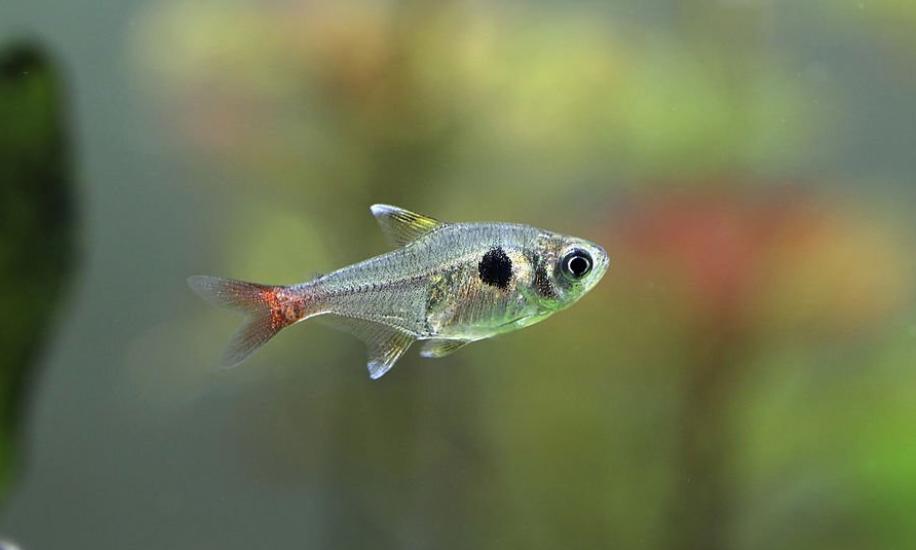
This article aims to assist you in determining the ideal feeding frequency and quantity for your tetras, as well as the best food options for these fish.
Table of Contents
- How to Feeding Adult Tetras?
- How to Feeding Baby Tetras
- What is the best food for tetras?
- Feeding Soilent Green Algae to Tetras
- Feeding Vegetables to Tetras Fish
- How Long Can Tetras Go Without Food?
- What Should Tetras Eat?
- What Are The Benefits Of Feeding Tetras Live Food?
- Do Male Or Female Tetras Eat More?
- Conclusion
How to Feeding Adult Tetras?
When it comes to feeding adult tetras, there are various opinions regarding how much food to provide. Some recommend feeding these fish only once daily, while others suggest twice or even thrice daily. However, overfeeding tetras can lead to health problems, so it is essential to exercise caution.
The recommended feeding schedule for adult Tetras is once a day. This does not imply that if your tetras have gone two days without food, you should double the amount of food you give them on the third day.
If you feed your adult tetras more than once a day, you risk overfeeding them. However, if you have been providing them twice a day, and they have not developed any health issues, continuing with that feeding schedule is acceptable.
Using good quality food is crucial when it comes to feeding your adult tetras. High-quality fish food contains all the necessary nutrients required for your fish’s optimal growth and health.
On the other hand, low-quality food lacks essential nutrients necessary for the proper growth and development of your fish, which can result in a shorter lifespan and a higher probability of health problems.
How to Feeding Baby Tetras
Feeding baby tetras is crucial for their growth and development. As soon as they are born, they require a continuous food source. Fortunately, they can eat anything that floats by, including newly hatched brine shrimp, powdered fish food, and even their uneaten fish flakes.
Feeding your baby tetras 3-4 times daily until they reach about one month old is recommended. After that, you can reduce the feeding to 2-3 times daily until they come three months old. Once they hit three months old, you can reduce the frequency to once every other day or every third day.
Providing high-quality food to your baby tetras is essential for optimal growth and development. You can switch from brine shrimp to high-quality flake food as they get older. Additionally, remove any uneaten food from the aquarium to avoid contamination and water quality issues.
The chart below provides guidance on when and how much to feed your baby tetras at different stages of their life:
| Months | Amount of Food per Tetra | Number of Feedings per Day |
| 0-1 | 10 mg | 3-4 |
| 1-3 | 15 mg | 2-3 |
| 3+ | 20 mg | 1-2 |
When your tetras are around one month old, you can start feeding them high-quality food for baby tetras, such as newly hatched brine shrimp or spirulina algae flakes, which provide good nutrition without causing them to become overweight. It’s important not to overfeed your baby tetras.
Overfeeding can lead to swim bladder problems in baby fish, which can be fatal. Feeding the right amount of food is crucial to avoid this issue.
Overeating can cause the fish to swim on the water’s surface, increasing the chances of swim bladder problems. On the other hand, if they don’t eat enough, they won’t develop properly and may not grow into healthy adult fish.
tinyfishtank
What is the best food for tetras?
You should feed your tetras a high-quality flake food or pellet specifically formulated for tropical fish. Look for a food that contains a good balance of protein, fat, vitamins, and minerals.
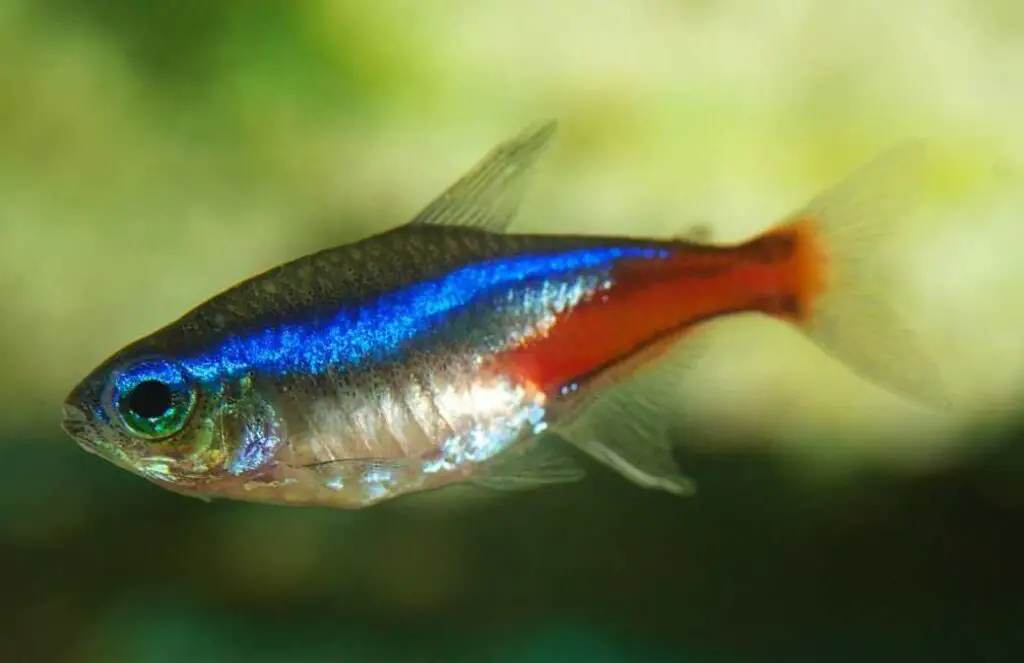
You can supplement their diet with live or frozen foods such as brine shrimp, daphnia, or bloodworms. These foods are rich in protein and can help to add variety to their diet.
It is important not to overfeed your tetras, which can lead to health problems. A good rule of thumb is to feed them only what they can consume in about 2-3 minutes, two to three times a day. This will help to ensure that they are getting all of the nutrients they need without overeating.
It’s also important to note that variety is essential when feeding your tetras. It would be best to offer them a mix of different foods to ensure they get all the nutrients they need.
A varied diet can include frozen foods, like bloodworms and brine shrimp, and high-quality flake or pellet foods. You can also supplement their diet with live foods like daphnia or mosquito larvae, which can be easily collected from outdoor sources.
By offering a diverse diet, you can help ensure that your tetras are healthy and happy and will thrive in their aquarium environment.
tinyfishtank
Feeding Soilent Green Algae to Tetras
Some fish keepers feed their baby tetras Soilent Green Algae, a gel food for African cichlids. This food is also excellent for tetra fry since it contains all the necessary nutrients for healthy growth and development.
Soylent Green Algae is high in protein, which makes it a perfect food for young tetras. If you decide to feed your baby tetras Soilent Green Algae, you should start as soon as they are born and continue until they are about 3 months old.
After that, you can switch them to regular flake food, but it’s still recommended to give them Soilent Green Algae occasionally. Most people prefer to feed their adult fish only typical flake food, but some like to keep their adults on Soilent Green Algae or spirulina flakes from time to time for a change in diet.
Offering your fish different types of food can help prevent the development of nutritional deficiencies and provide them with a varied diet.
Feeding Vegetables to Tetras Fish
Tetras, like all other fish, need a source of fiber in their diet to stay healthy and happy. They can get this fiber from fresh vegetables, dried flakes, or pellets specifically made for fiber enrichment (often called vegetable flakes or vegetable pellets).
If you decide to use pellets, ensure they have added vitamins like vitamins C and E because these vitamins will be lost if the pellets aren’t appropriately stored after opening.
When feeding vegetables to your tetras, remove any uneaten veggies from the tank after about an hour because decomposing vegetables can quickly decrease water quality.
Vegetables are a good source of vitamins and fiber for tetras. For example, cucumber is high in B vitamins and vitamin C. You can feed cucumber to your tetras by cutting it into pieces with a knife or feeding it through an aquarium veggie clip.
Feeding vegetables to tetras is excellent because the whole family can eat them too!
How Long Can Tetras Go Without Food?
Tetras can survive for a surprisingly long time without food. In one test, tetras went for nine days without food and remained healthy. However, this is not a guideline for how long you should let your tetras go without food.
Even though they can survive for a while without food, depriving them of their meals regularly is not recommended.
Tetras are active fish and require plenty of nutrients to stay healthy and strong. Depriving them of food can cause stress and weaken their immune system, making them more susceptible to disease.
It is best to establish a regular feeding schedule and feed them small amounts of food multiple times daily to keep them healthy and happy.
What Should Tetras Eat?
Providing your tetras with a balanced diet is essential for their health and well-being. As mentioned earlier, a good diet for tetras should consist of a combination of protein-rich foods like brine shrimp, bloodworms, and spirulina and vegetable-based foods like flakes and pellets.
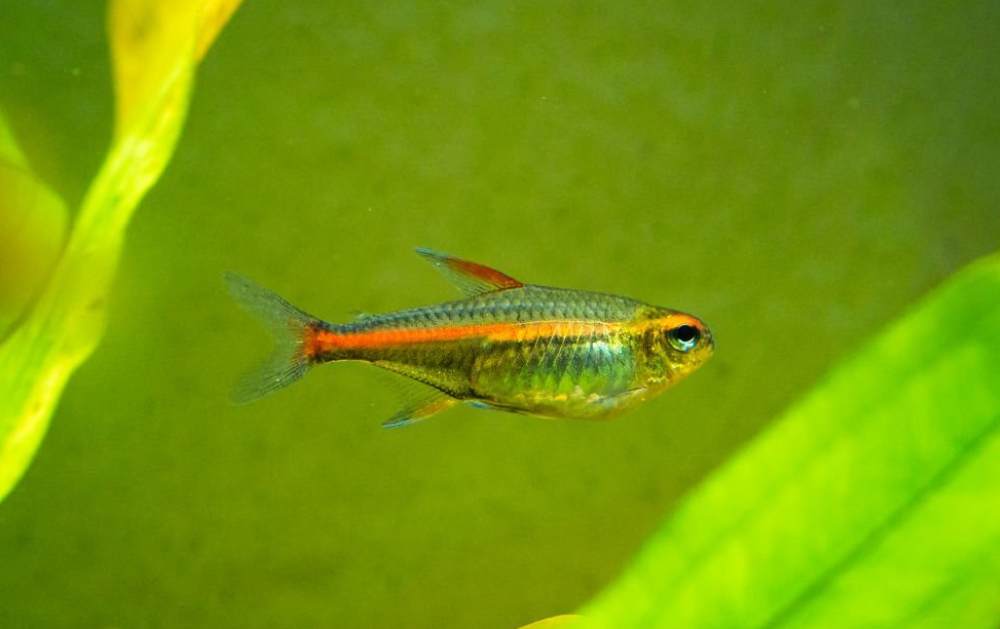
It’s important to vary their diet to ensure they’re getting all the necessary nutrients. You can also offer them occasional treats like freeze-dried or frozen foods to add variety to their meals.
Remember to feed your tetras small amounts several times a day, rather than one large feeding, to prevent overfeeding and the development of swim bladder problems.
Overall, a balanced and varied diet and proper feeding practices will help keep your tetras healthy and happy.
Frozen Shrimp
Many people choose to feed their tetras frozen shrimp as it’s an excellent source of protein and readily available. Additionally, frozen shrimp is affordable, making it a popular choice among fish owners.
Bloodworms
Bloodworms, those tiny yet nutritious creatures, have risen to prominence as a desirable choice for tetra nutrition. Owing to their affordability and accessibility, they have garnered considerable attention from tetra owners worldwide.
However, procuring these elusive creatures can be a challenge, and in such cases, one might opt to purchase them from online retailers.
Intriguingly, bloodworms boast a significantly elevated protein concentration, rendering them an excellent dietary option for tetras. Furthermore, they are replete with essential nutrients such as vitamin B12, which is vital for maintaining your fish’s optimal health.
Given their remarkable nutritional profile, it is no surprise that bloodworms have become a go-to option for conscientious tetra owners.
flake food
For the budget-conscious tetra owner, flake food presents a compelling option. This convenient dietary supplement requires nothing more than a modest amount of fish food flakes sprinkled into your tank on a daily basis.
Once introduced into the aquatic environment, the flakes are quickly consumed by your fish, who eagerly devour this delectable treat.
Furthermore, flake food is a versatile dietary supplement that can be paired with frozen or live food, thereby expanding its culinary potential.
The possibilities are endless, and tetra owners are urged to experiment with different food pairings to provide their aquatic pets with a varied and nutritious diet.
What Are The Benefits Of Feeding Tetras Live Food?
Feeding tetras live food can offer a host of benefits for owners who wish to provide their fish with a diet rich in nutrients and varied in flavor. Live food is typically higher in protein than other fish food, making it an ideal choice for tetras requiring a nutrient-dense diet.
One of the most significant advantages of live food is that it is still alive when consumed by the fish. This quality can make it particularly appealing to picky eaters who may be reluctant to consume other forms of fish food. With live food, tetras can enjoy a stimulating and delicious meal without the risk of rejection.
However, live food does have its downsides. Tetras are notorious for their fast eating habits, which can pose a potential danger when consuming live food.
Overconsumption of live feeders can result in constipation or bloating, which can have serious health consequences for your fish. Thus, owners who choose to feed their tetras live food must exercise caution and ensure that their fish are consuming the appropriate amounts.
Do Male Or Female Tetras Eat More?
When it comes to tetra feeding habits, there is a common misconception that female tetras eat more than their male counterparts. While it is true that female tetras are typically larger than males, this does not necessarily translate to a greater appetite.
It is essential to feed your tetras the appropriate amounts, regardless of their gender, to ensure that they maintain a healthy weight and receive the nutrients they require. Overfeeding can lead to obesity and other health issues, while underfeeding can cause malnourishment and stunted growth.
As a responsible tetra owner, monitoring your fish’s body condition regularly is crucial. If you notice that your tetra is becoming overweight, it may be time to adjust their feeding schedule or reduce the food they receive.
On the other hand, if your tetra appears undernourished or too thin, it may be necessary to increase its food supply to support healthy growth and development.
Conclusion
Determining how much to feed your tetras can be challenging, but there are some general guidelines you can follow. Feeding your tetras twice daily with 1/8th of their body weight per feeding is a good rule of thumb.
However, if you have a large community tank, reducing the amount of food given is essential to ensure that all fish receive a fair share. Overfeeding can lead to serious health issues like constipation and bloat, while underfeeding can result in malnourishment and a shortened lifespan.
As a tetra owner, it’s crucial to strike a balance and monitor your fish’s body condition regularly to ensure they receive the appropriate and balanced diet they need to thrive. If you have any questions about tetra feeding, don’t hesitate to ask a trusted expert or leave a comment below for me to answer.
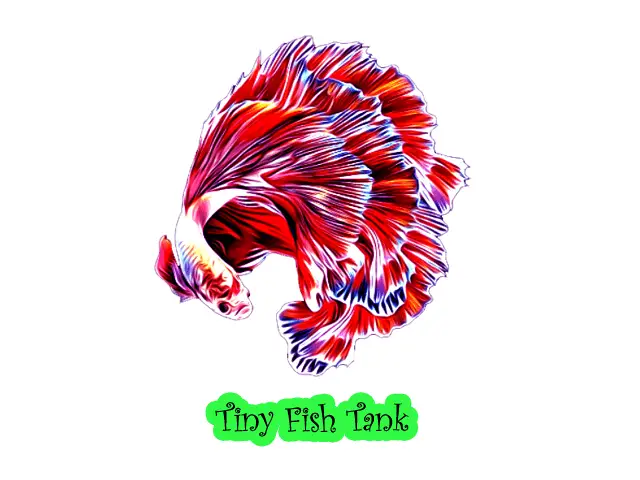
![How to Get Rid of Algae in tetra Tank? [Experts Secret]](https://www.tinyfishtank.com/wp-content/uploads/2023/03/How-to-Get-Rid-of-Algae-in-tetra-768x417.webp)
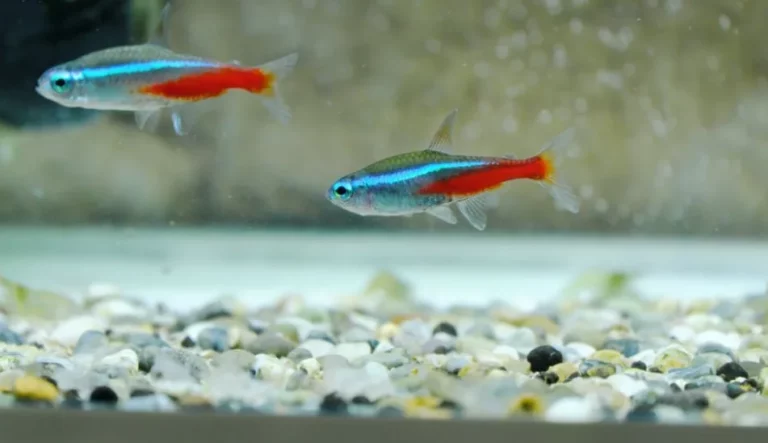
![Are Tetras Good for Aquaponics? [3 Tips to Success]](https://www.tinyfishtank.com/wp-content/uploads/2023/03/Are-Tetras-Good-for-Aquaponics.webp)
